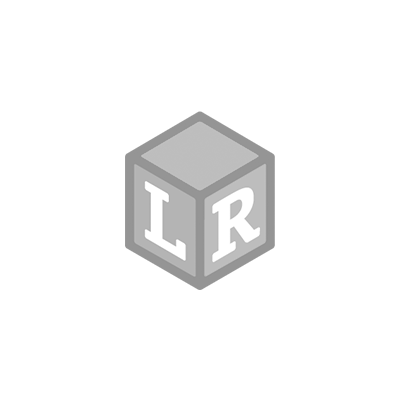The best part about introducing your toddler to early math skills is that nobody has told them yet that math can be hard or no fun. In fact, your child will learn most of their early math skills through songs, games and kinesthetic activities. For youngsters, learning math is playtime… and playtime is learning.Through simple playtime activities with cups and counters they’ll gain a concrete understanding of concepts like counting, greater than/less than, empty/full, patterning and more, building confidence and a love of numbers!
Mix N’ Match
Try these simple games to introduce matching and sorting:Using a variety of colorful
animal counters and a container, ask your toddler to pull out all of the red counters. Then ask them to pull out all of the purple counters, and so on.Introduce a sorting tray with multiple dividers for more advanced sorting activities. Sort the counters by shape, color, or size.
Repeat after me
Using the same
colorful counters – simply make patterns, such as red, blue, yellow, and ask your toddler to recreate the same pattern.
Roll and count
Counters can also be used to introduce number recognition and number sense. Put the counters or other similar objects in a plastic baggy or bucket and introduce a large die. Roll the die, say the number out loud and ask your child to count and pull that number of counters out of the container. Repeat until all of the counters are gone. Then do the same thing for clean-up but in reverse!
Bounce n’ count
Take a soft bouncy ball and play a game of catch. Bounce the ball to each other and count every bounce. It's a fun way to learn to count and build gross motor skills at the same time.

Jump n’ count
Burn some excess energy by jumping and counting to ten. If your little leaper is feeling extra energetic, challenge them to go up to twenty. This activity is great, because they’re also building up gross motor skills and core strength.

Stamp it
Introduce counting and number recognition with jumbo number stamps or
puzzle cards. Ask kids to stamp out the numbers in order. Or draw dots on the paper and ask them to identify the quantity by stamping the correct number.
Math in the bath
Introduce stackable cups to the bath routine. Through play, toddlers will discover early volume concepts like full and empty. Take a small cup and empty it into a bigger cup. Then try to empty the bigger cup into the smaller one. Talk through what is happening with your toddler. “Uh-oh, my cup is full and yours still has water in it.”

You will discover your child has a favorite way to learn. It could be through physical activity or quiet play. Through playtime, abstract math concepts can become concrete for little learners, whether they are
counting while building a tower or even
serving tea – they are developing a love of math to last a lifetime!


 Shop UK Site
Shop UK Site 
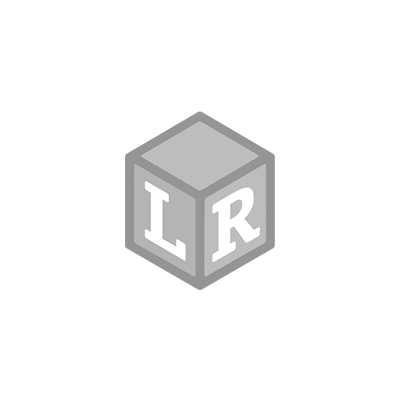
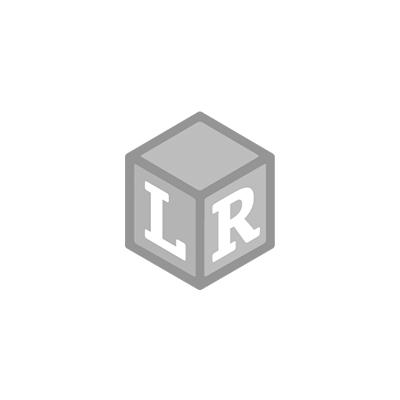

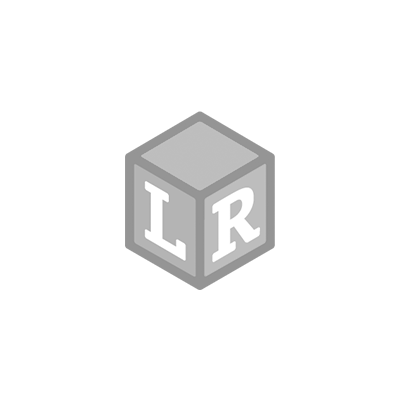

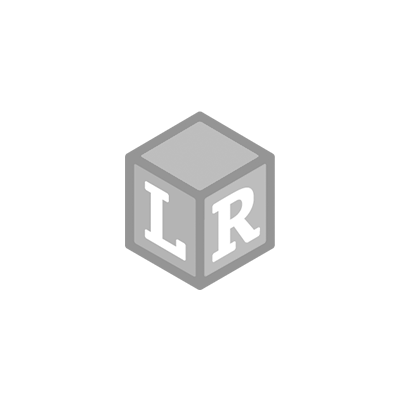
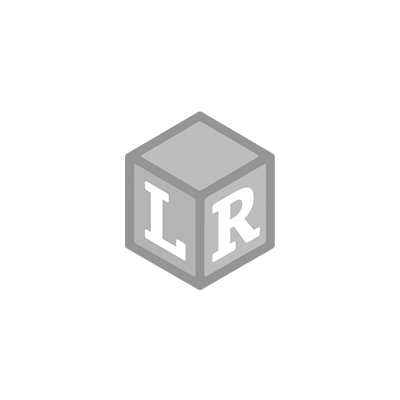


 You will discover your child has a favorite way to learn. It could be through physical activity or quiet play. Through playtime, abstract math concepts can become concrete for little learners, whether they are
You will discover your child has a favorite way to learn. It could be through physical activity or quiet play. Through playtime, abstract math concepts can become concrete for little learners, whether they are 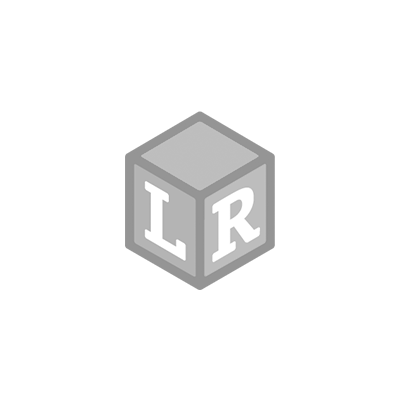

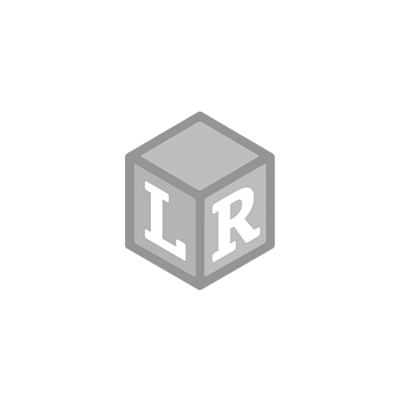
 “Play is the work of the child.”Maria Montessori said this, and it’s still true today.If play is children’s work, then toys are their tools of the trade. Toys allow kids to use the skills they have and to challenge their bodies and minds in the most interesting ways.Toys seem to magically bring about joy, from the simplest rag doll to the most advanced electronic gizmo. But more than that, toys help your kids realize important developmental benefits... just by having fun.Here are a few of the amazing things kids experience when they are happily absorbed in playing with a toy:
“Play is the work of the child.”Maria Montessori said this, and it’s still true today.If play is children’s work, then toys are their tools of the trade. Toys allow kids to use the skills they have and to challenge their bodies and minds in the most interesting ways.Toys seem to magically bring about joy, from the simplest rag doll to the most advanced electronic gizmo. But more than that, toys help your kids realize important developmental benefits... just by having fun.Here are a few of the amazing things kids experience when they are happily absorbed in playing with a toy: